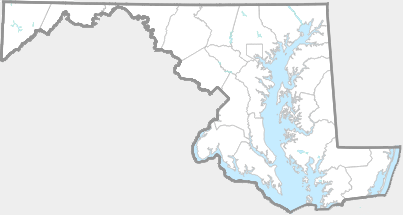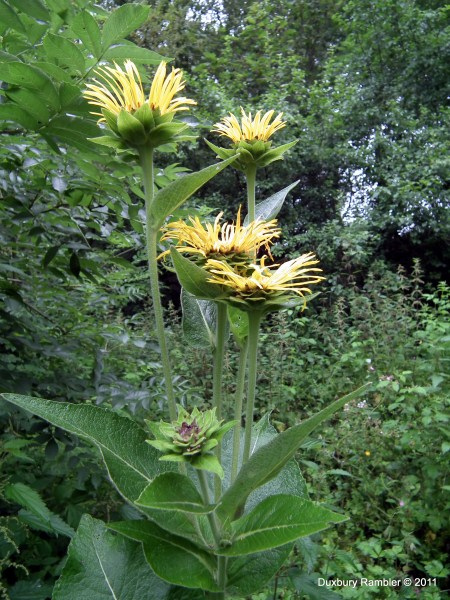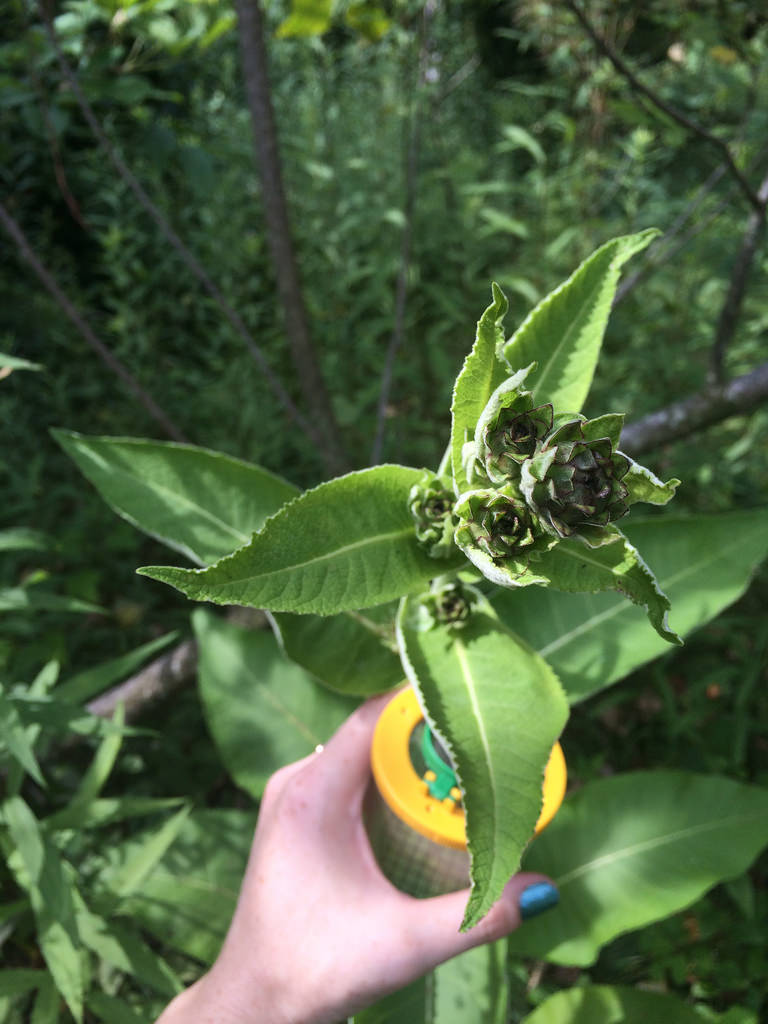







"Naturalized from Europe; from eastern Ontario to southern Quebec, and southward" (Reed, 1964).
A distinctive plant, with slender, scraggly ray flowers; broad floral bracts; and broad, toothed leaves that are woolly beneath and clasp the coarse, hairy stem. 2-6 ft. (Peterson and McKenny 1968). Yellow flower heads are up to about 4 in. wide (Weakley, et al., 2012).
In Maryland, Elecampane is an escape from cultivation and is "established in fields and waste places, mostly in rich soil. Common but not abundant. In the Midland and Mountain Zones" (Brown and Brown, 1984).
There are 8 records in the project database.
| GA | AL | WA | FR | CL | MO | HO | BA | BC | HA | CE | PG | AA | CV | CH | SM | KE | QA | CN | TA | DO | WI | SO | WO |

